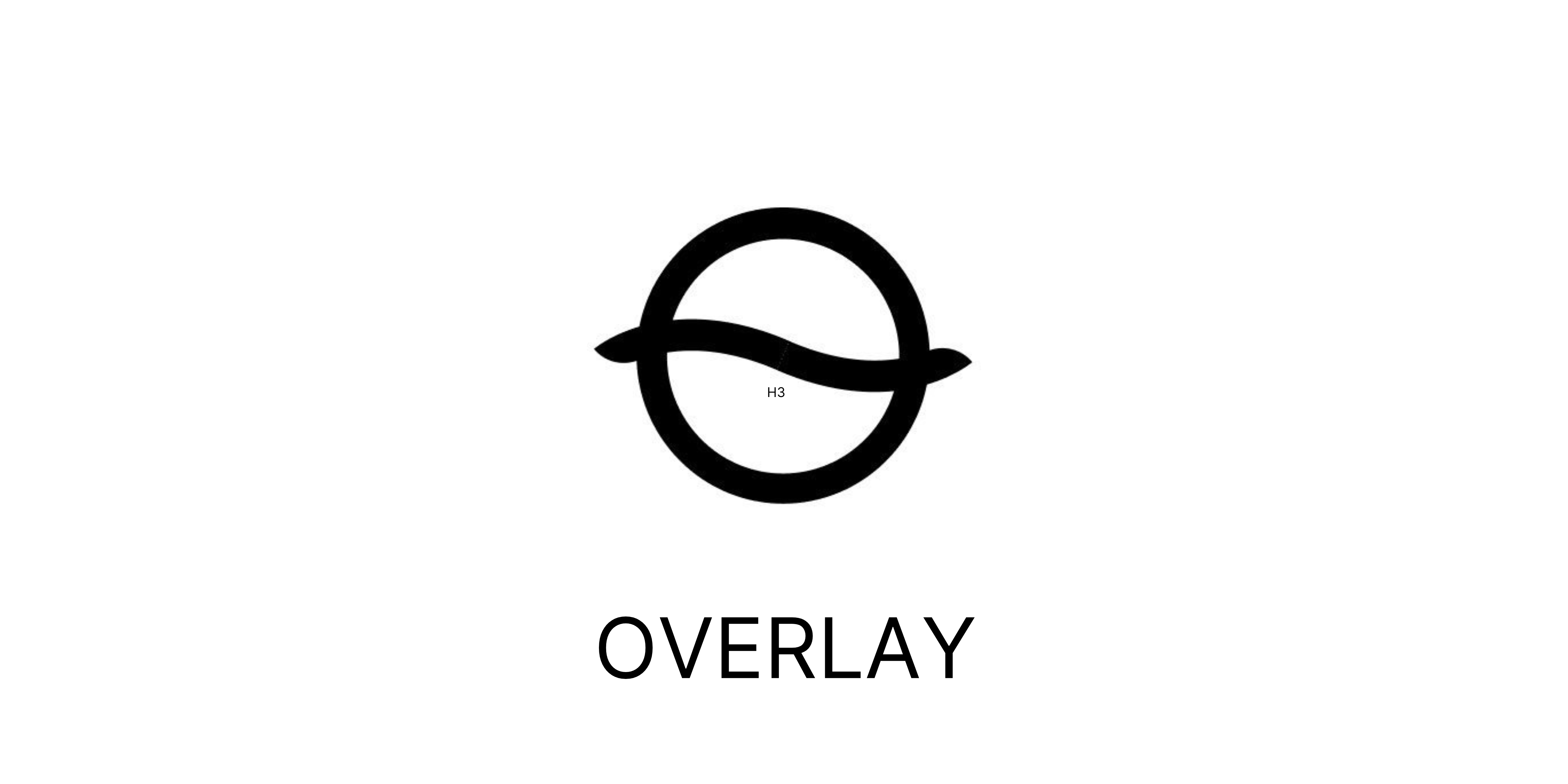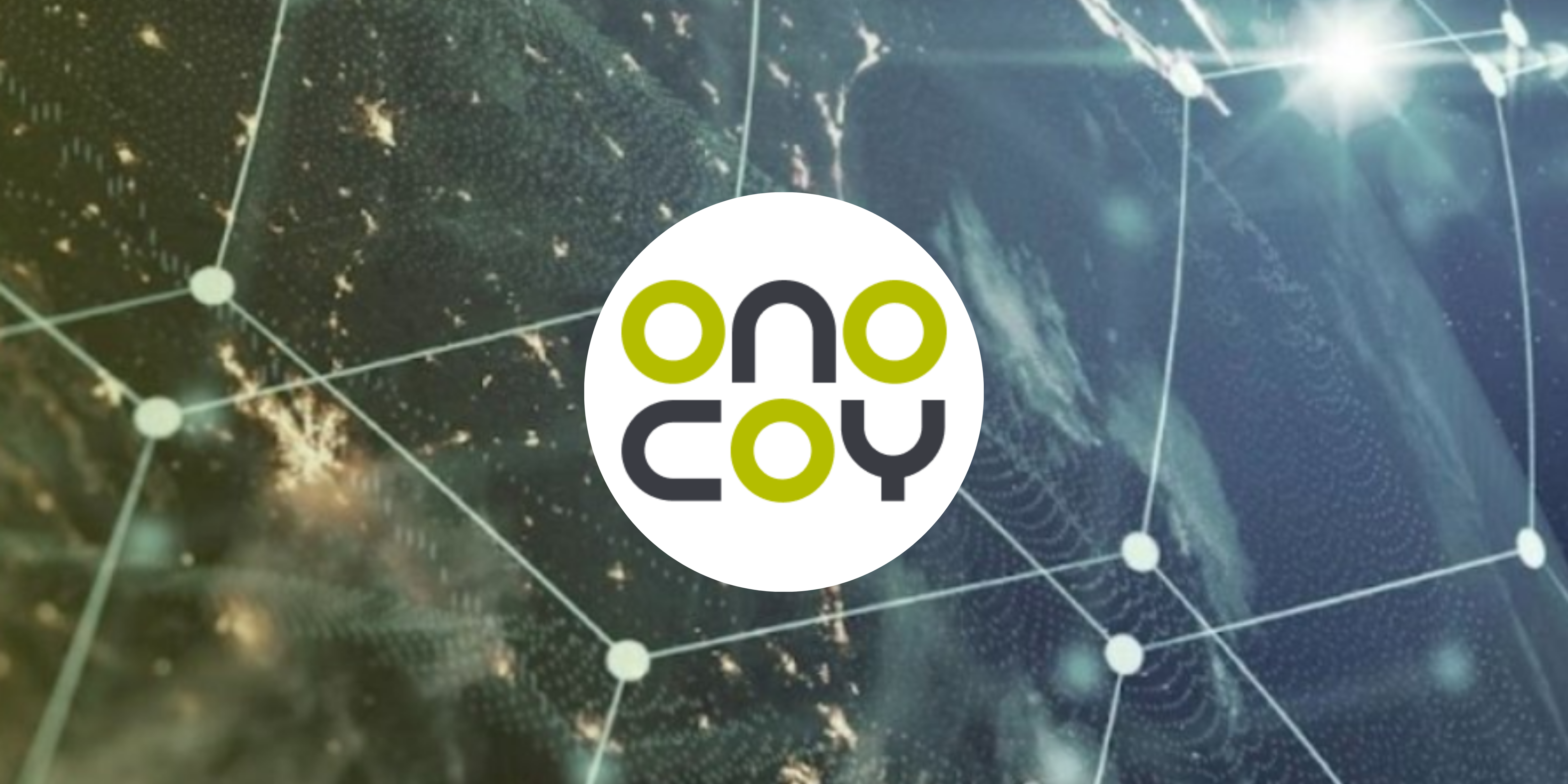Introduction
Overlay Protocol is a decentralized trading platform deployed on Arbitrum that enables users to take long or short positions on various non-manipulable data streams without needing traditional counterparties such as liquidity providers or market makers. Instead, users trade directly against the protocol, which mints or burns OV, its native token, based on trade outcomes. Overlay’s architecture allows for diverse markets, from crypto price feeds to unconventional data such as NFT floors, sneaker prices, and e-sports results, with inflation-controlled mechanisms embedded to maintain token stability.
Innovation
Overlay’s standout innovation is its counterparty-free trading model, where the protocol itself manages user positions. This approach eliminates dependency on liquidity providers, enabling deep liquidity and flexibility across diverse data feeds. By collateralizing in OV, trades are settled within the protocol using a self-regulating mint/burn system that adjusts the circulating token supply based on trading outcomes, which is an uncommon feature in DeFi.
Architecture
Overlay is built on the Arbitrum layer-2 blockchain, offering a high-speed, low-cost environment for on-chain trades. Key components include oracle-based price feeds and perpetual contracts, with data sourced from reliable oracles to ensure accuracy. The design allows Overlay to scale beyond traditional financial data, supporting nearly any reliable, non-manipulable data stream. The perpetual contract model provides users with the ability to hold open positions indefinitely without expiry constraints.
Code Quality
While Overlay’s codebase is unavailable for direct review, its reliance on smart contract standards in the Arbitrum ecosystem suggests adherence to high-performance, scalability-focused code practices. Overlay’s smart contracts for managing oracle-based perpetual contracts, minting/burning OV tokens, and handling decentralized governance are likely designed with both security and modularity in mind, though an independent audit would further validate this.
Product Roadmap
Overlay’s roadmap emphasizes expansion to support new data feeds and refine inflation control mechanisms. Future plans include onboarding diverse markets via additional oracles, broadening user governance roles, and implementing further security and stability enhancements in collaboration with the community. Such expansion will help attract more users by offering innovative markets unavailable in traditional financial systems.
Usability
Overlay is designed to simplify complex trading for both experienced and novice users, providing a straightforward interface for opening and managing positions. Its reliance on OV for collateral and trade settlements ensures seamless internal operations, while the perpetual contract format means users can manage positions without rollover or expiration concerns. A continued focus on user experience in future updates will likely enhance accessibility.
Team
The Overlay team comprises seasoned developers and crypto professionals experienced in decentralized finance, supported by a community-oriented governance model with active participation from OV token holders and PlanckCat DAO members. This decentralized governance structure allows stakeholders to play a role in the protocol’s evolution by voting on decisions related to market listings, risk parameters, and oracle integrations.
Conclusion
Overlay Protocol’s decentralized trading model is innovative, offering non-counterparty trading in a wide range of data markets while employing dynamic inflation controls through OV minting and burning. By providing community governance and supporting multiple data sources, Overlay addresses the challenges of liquidity and counterparty risk. Its architecture and inflation mitigation mechanisms position Overlay as a forward-thinking player in the DeFi space. Continued development will be crucial to maintain its market relevance and security in the evolving blockchain landscape.
| Initial Screening | |||
| Keep researching | |||
| Does this project need to use blockchain technology? | Yes | ||
| Can this project be realized? | Yes | ||
| Is there a viable use case for this project? | Yes | ||
| Is the project protected from commonly known attacks? | Yes | ||
| Are there no careless errors in the whitepaper? | Yes | ||
| Project Technology Score | |||
| Description | Scorecard | ||
| Innovation (Out Of 11) | 7 | ||
| How have similar projects performed? | Good | 2 | |
| Are there too many innovations? | Regular | 2 | |
| Percentage of crypto users that will use the project? | 1% to 5% | 1 | |
| Is the project unique? | Yes | 2 | |
| Architecture (Out of 12) | 11 | ||
| Overall feeling after reading whitepaper? | Medium | 1 | |
| Resistance to possible attacks? | Good | 2 | |
| Complexity of the architecture? | Easy | 2 | |
| Time taken to understand the architecture? | Less than 20 min | 2 | |
| Overall feeling about the architecture after deeper research? | Good | 4 | |
| Has the project been hacked? | No | 0 | |
| Code Quality (out of 15) | 14 | ||
| Is the project open source? | Yes | 2 | |
| Does the project use good code like C,C++, Rust, Erlang, Ruby, etc? | Yes | 2 | |
| Could the project use better programming languages? | No | 0 | |
| Github number of lines? | More than 10K | 1 | |
| Github commits per month? | More than 10 | 2 | |
| What is the quality of the code? | Good | 2 | |
| How well is the code commented? | Outstanding | 2 | |
| Overall quality of the test coverage? | Outstanding | 2 | |
| Overall quality of the maintainability index? | Good | 1 | |
| When Mainnet (out of 5) | 5 | ||
| When does the mainnet come out? | Mainnet | 5 | |
| Usability for Infrastructure Projects (out of 5) | 5 | ||
| Is it easy to use for the end customer? | Yes | 5 | |
| Team (out of 7) | 5 | ||
| Number of active developers? | 5+ | 2 | |
| Developers average Git Background? | Intermediate | 1 | |
| Developers coding style? | Solid | 2 | |
| Total Score (out of 55) | 47 | ||
| Percentage Score | |||
| Innovation | 12.73% | ||
| Architecture | 20.00% | ||
| Code Quality | 25.45% | ||
| Mainnet | 9.09% | ||
| Usability | 9.09% | ||
| Team | 9.09% | ||
| Total | 85.45% |





